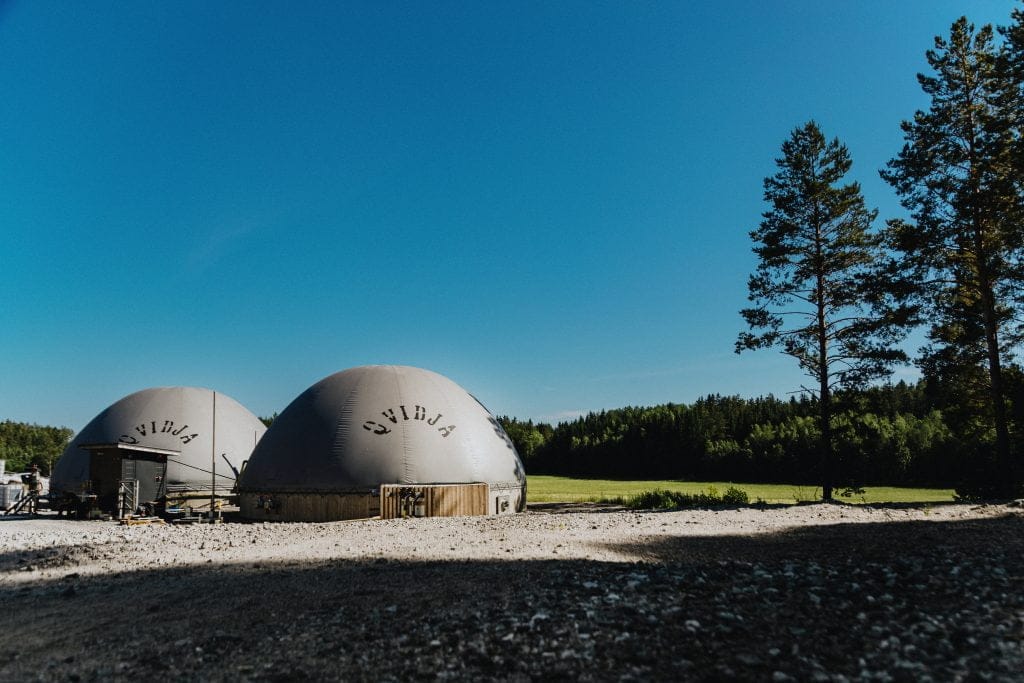
The EU hydrogen strategy marks another significant development for the market of synthetic methane
If the world is to seriously address climate change, we will need to radically transform our energy system. This message is loud and clear in the EU hydrogen strategy, published in July.
The motivation for publishing a dedicated hydrogen strategy is simple. Firstly, emissions from energy production, industry, traffic and other sectors need to near zero as fast as possible to slow down climate change. A large proportion of this transformation will entail replacing fossil fuels with renewable electricity.
However, cutting emissions has proven to be vastly expensive in sizeable portions of the economy. These hard-to-abate sectors are responsible for 30 % of global emissions, meaning the climate problem cannot be solved without addressing these problematic sectors. Renewable hydrogen is considered to be the key to unlocking the abatement challenge.
10 million tons by 2030
Hydrogen is an energy-dense molecule, which can be produced by splitting water molecules with clean power in a process called electrolysis. Hydrogen can be used eg. in fuel cells, but importantly, it is also a key feedstock in the production of synthetic hydrocarbons.
The ambitious EU agenda set a production goal of a million tons of renewable hydrogen by 2024 and 10 million by 2030. The timeframe of implementing the strategy is short, as we are rapidly running out of carbon budget. It is therefore vital both to set a goal for the production of renewable hydrogen, and to put in place a plan for distributing and using the clean fuel.
Infrastructure for the transmission, distribution and use of hydrogen gas is currently in its infancy. There are several techno-economic issues that need to be solved before large-scale hydrogen infrastructure can be deployed. To put it mildly, this is inconvenient considering the tight schedule of climate change mitigation.
Synthetic methane is a staple fuel of a clean hydrogen economy
On the other hand, infrastructures do exist for the distribution and use of synthetic hydrocarbons, such as methane. Europe alone has thousands and thousands of kilometres of natural gas pipelines installed.
Methane – CH4 – is produced by reacting hydrogen and carbon dioxide. It is the simplest hydrocarbon molecule and boasts the highest energy density (55,5 MJ/kg). In the case of Q Power, production is done with an extraordinary efficiency of 83 %.
In Europe, the existing gas network covers most of the continent. This asset can be readily used for the delivery of synthetic methane. Methane is safe to handle, and we have a decades-worth of experience of large-scale natural gas logistics.
Hydrogen production is ramping up, emissions reduction targets are tightening up, renewable power is becoming more and more available. It looks like the stage is set for a boom in the production and demand of synthetic methane.